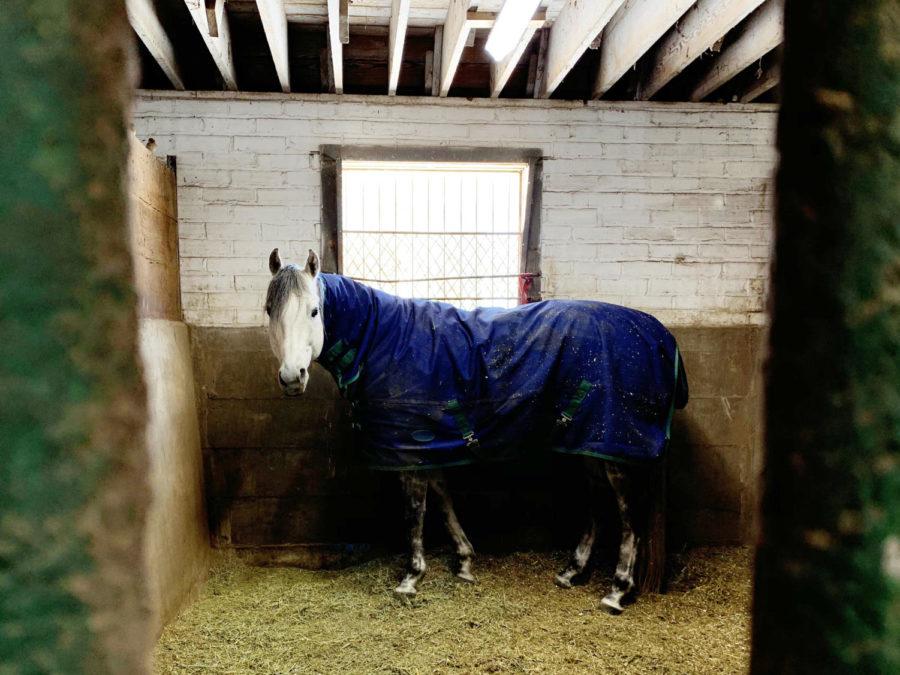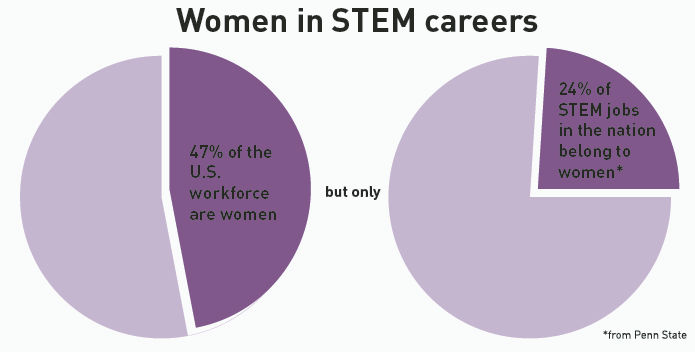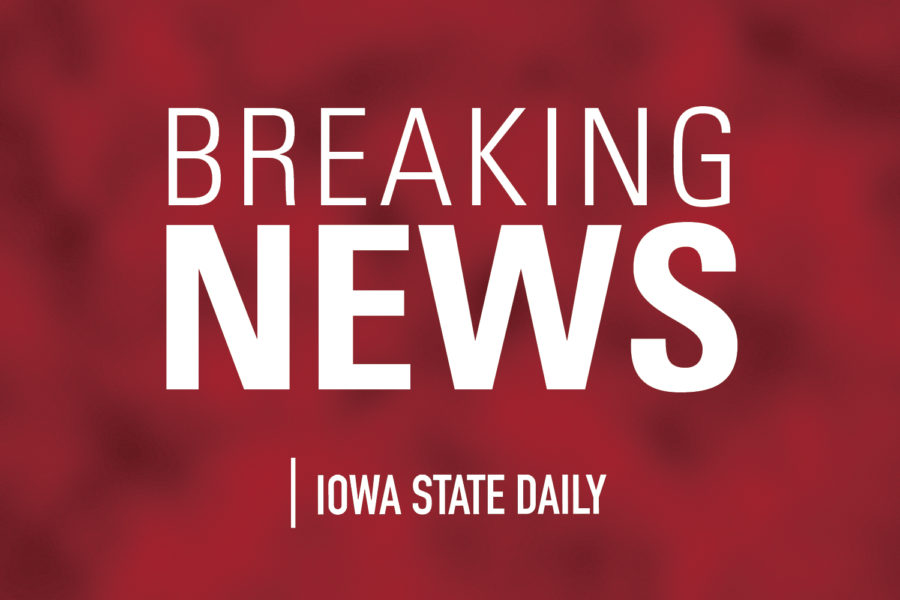Spring season brings new foals to the farm
April 2, 2019
The horse barn on campus has welcomed 31 new baby foals since January — the most recent born late Monday.
The department of animal science has an equine production lab where students are enrolled in classes to help with the foaling and re-breeding process of mares on campus.
Nicole Ferwerda, horse farm manager, said since the gestation period for horses is 11 months and one-week long, the horses go through several classes before they move to their next destination.
“One class breeds and the next class foals,” Ferwerda said. “We like to have a few foals right after the semester starts so we can get started right away in class.”
Once the mare is sent to the horse farm by its owner, either Iowa State owned or not, the students begin observing the mare about one month before the due date. These students are looking for the physical changes the mare is enduring.
“Those changes can be the shape of the mare’s abdomen, mammary development, and amount of muscle tone in their hips and tail,” Ferwerda said.
The observations of the mares become daily as the mare gets closer to her due date. Once labor begins, the mare is moved to the delivery stalls until a new baby foal is born.
The mare and foal are then monitored for several more hours to make sure the foal is functioning well.
“We make sure before we leave them [that] the foal has stood, nursed, laid down on its own and stood back up … and that the mare is showing no signs of colic or anything unusual,” Ferwerda said.
At least 24 hours after birth, they are tested for antibody levels and then, once given the clear, are sent outside to continue growth.
About one-third of the foals born at the horse farm belong to Iowa State. Once weaned off their mother, these foals are used for a class of halter breaking that takes place during the first half of the fall semester.
After the halter breaking class, the foals are released into the pasture to graze before heading off to whatever task they were destined for.
“This job is challenging as you never have a clear-cut day-by-day routine; each day brings its own set of new challenges,” Ferwerda said.
















